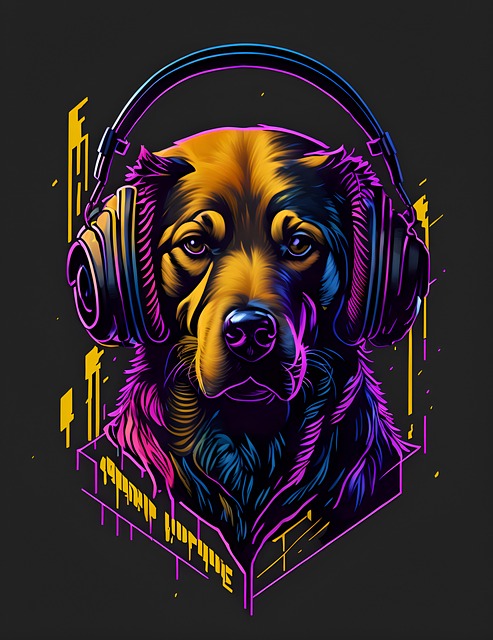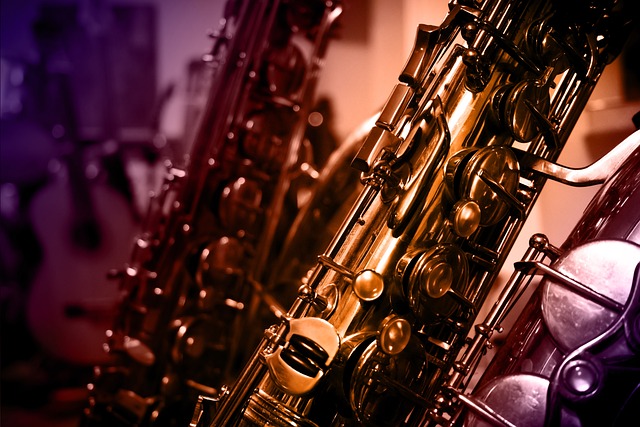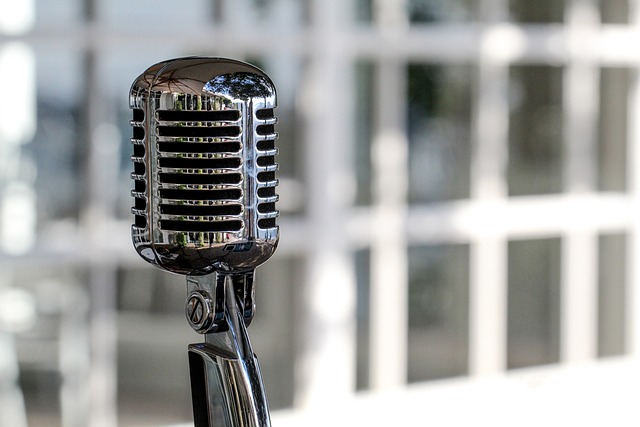AI musicians, powered by machine learning and deep neural networks, analyze massive music datasets to create, compose, and collaborate independently or in real-time, revolutionizing artistic expression in the digital age. They offer unique musical experiences, empower human artists, and inspire creativity while raising ethical concerns about authorship and rights. The future could see AI musicians as collaborative partners, requiring guidelines and regulations to ensure fairness and promote innovative artistic forms.
“Unleashing a new era in creativity, AI musicians are transforming the music industry. This article explores the fascinating world of artificial intelligence-generated music and its creators. From understanding the mechanics behind these virtual artists to uncovering the immense creative potential they offer, we delve into the benefits and ethical dilemmas.
We analyze how AI musicians work, their impact on the artistic landscape, and the future prospects in this evolving domain, ensuring a comprehensive guide for AI music enthusiasts and industry professionals.”
- Understanding AI Musicians: How Do They Work?
- The Rise of AI Music: Benefits and Creative Possibilities
- Ethical Considerations and the Future of AI Musicianship
Understanding AI Musicians: How Do They Work?

AI musicians are an innovative application of artificial intelligence, designed to create and perform music autonomously or in collaboration with human artists. These AI systems leverage advanced machine learning algorithms, often based on deep neural networks, to analyze vast datasets of musical patterns, styles, and compositions. By training on diverse musical repertoires, they learn to generate melodies, harmonies, and rhythms that can mimic various genres and even emulate the styles of renowned composers.
Unlike traditional musicians who rely on years of practice and human creativity, AI musicians operate by processing and interpreting data. They can compose original pieces, adapt existing songs, or collaborate with human counterparts in real-time. These musicians are not bound by physical limitations and can continuously evolve their skills as they gain access to new data and algorithms. Understanding how AI musicians work opens up exciting possibilities for musical exploration and collaboration in the digital age.
The Rise of AI Music: Benefits and Creative Possibilities

The world of music is witnessing a revolutionary shift with the emergence of AI music, opening up new avenues for creativity and artistic expression. AI musicians, powered by advanced algorithms, are no longer just tools but collaborative partners, capable of generating melodies, compositions, and even entire songs that can rival human creations. This technology offers numerous advantages to both artists and listeners.
For AI musicians, the benefits are vast. They can learn from vast musical datasets, enabling them to compose in various genres and styles. This allows for an unprecedented level of diversity and personalization. Moreover, AI algorithms can assist human musicians by providing suggestions, generating backing tracks, or even co-creating pieces, fostering a new era of collaborative art. With its ability to analyze patterns and structures, AI music promises to enhance the creative process, inspire composers, and push the boundaries of what’s possible in musical composition.
Ethical Considerations and the Future of AI Musicianship

As AI musicians gain popularity, it’s crucial to navigate the ethical landscape that emerges from their creation and use. The development of artificial intelligence in music raises questions about creativity, authorship, and the potential displacement of human artists. It’s essential to ensure that AI musicians do not infringe on intellectual property rights or undermine the livelihoods of real musicians. Striking a balance between innovation and preservation of artistic integrity is key.
Looking ahead, the future of AI musicianship could involve collaboration rather than competition. Imagine compositions created through collective efforts of both human artists and AI algorithms, pushing the boundaries of musical expression. However, guidelines and regulations will need to be established to govern the use of AI in music, ensuring fairness and transparency. This collaborative approach has the potential to enhance creativity, foster new artistic forms, and usher in a future where AI musicians are integral components of the music industry, rather than replacements.
AI musicians are transforming the music industry, offering unprecedented creative possibilities while raising important ethical questions. As we’ve explored, these AI systems can compose, perform, and even collaborate with human artists, opening doors to novel musical expressions. However, as their capabilities grow, so do concerns about authorship, originality, and the potential displacement of human musicians. Balancing the benefits of AI music with responsible development and regulation is crucial for ensuring a harmonious future where AI musicians coexist and enrich the artistic landscape alongside their human counterparts.
